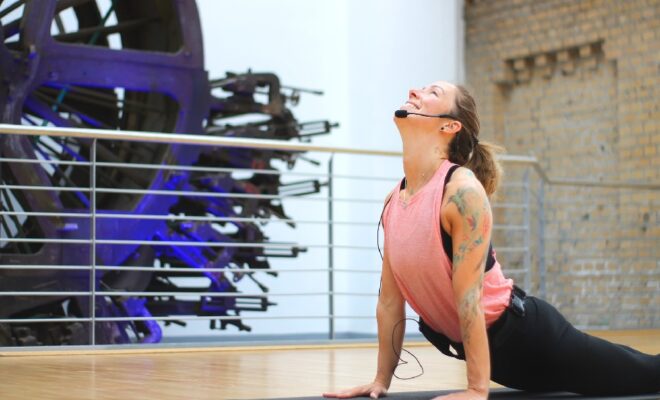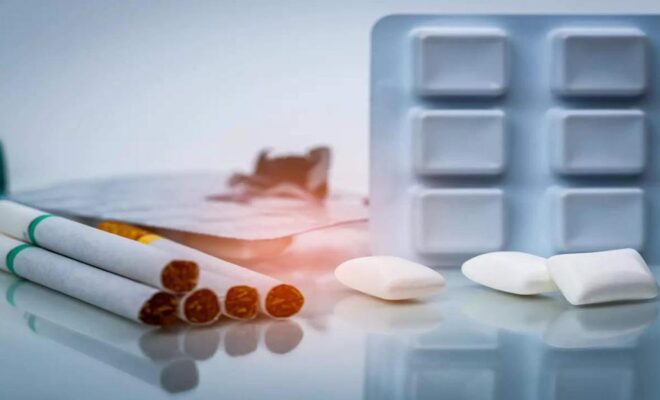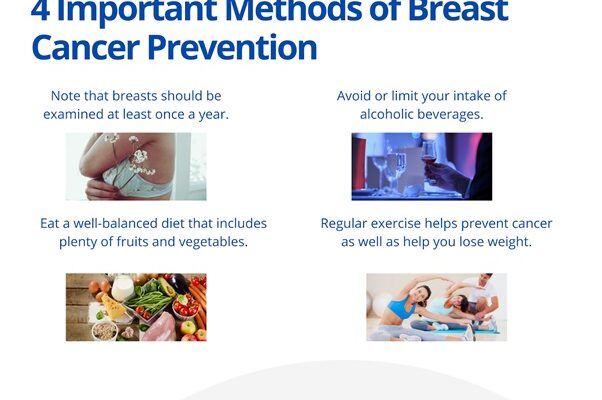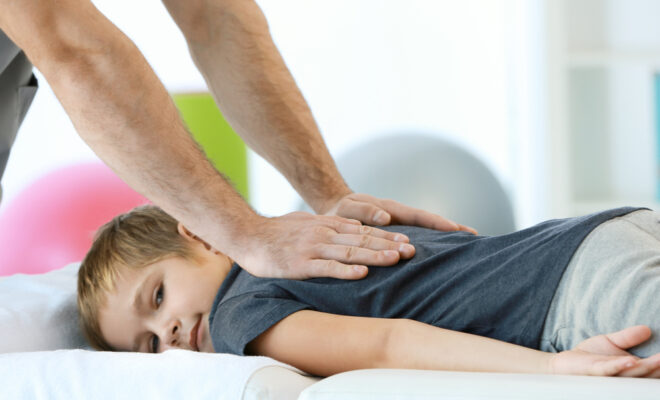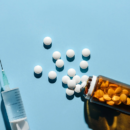What is Eriksen’s malignant arrhythmia, and how to treat it?
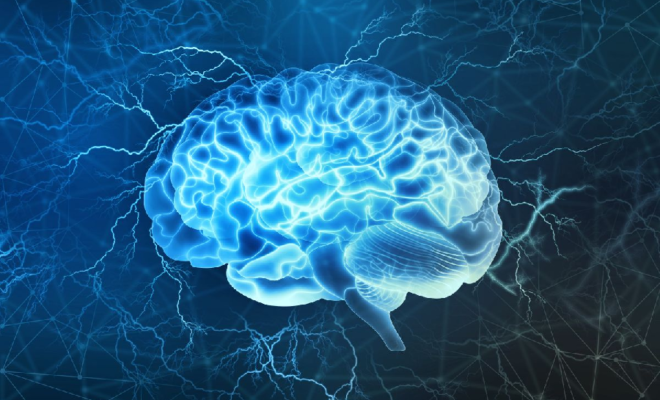
Eriksen suffered is called sudden cardiac death. It occurs because the heart suddenly stops pumping the blood necessary for the brain or other organs to function, including nature. The underlying mechanism is the appearance of an arrhythmia malignant.
Malignant arrhythmias are heart rhythms that cause the poor mechanical function of the ventricles. So even though there is electrical activity and they also contract, they do so in an inefficient way, almost as if they were standing still.
In just a few seconds, the person experiencing these abnormal rhythms begins to feel dizzy and loses consciousness. The pulse is undetectable, and if the situation is not quickly reversed, it leads to death. Hence they are called malignant.
Why are they produced?
For a malignant arrhythmia to arise, there must be a significant alteration in the transmission of electrical impulses through the heart muscle. Under 35 years of age, the most frequent substrate is cardiomyopathies or channelopathies. They are genetic diseases that cause alterations in the heart’s structure in the case of cardiomyopathies. Or, since the heart is structurally normal, what is altered are some components of the cell membranes that regulate its electrical activity, the ion channels, called channelopathies.
A person can be born as a carrier of one of these pathologies and not suffer from a malignant arrhythmia in their entire life. But it is also possible, in the presence of the appropriate stimuli, such as intense physical activity or taking various drugs, among others, that arrhythmias are triggered that end in sudden death. Detecting these diseases before this happens is the challenge we face. An attempt is made to solve it with screening programs among athletes, for example. Or with the genetic study of affected families.
On the other hand, the most common cause of sudden cardiac death, in general, is coronary heart disease, that is, heart attacks. But it begins to dominate, especially from the age of 35. However, it can occur at any age because cholesterol plaque in a coronary artery becomes unstable.
In the latter case, when a coronary artery is obstructed, the cut-of blood flow cut off can alter the heart’s electrical properties. For example, an old heart attack also behaves like a scar and may cause malignant arrhythmias in the presence of the necessary stimuli.
The footballer could suffer a heart attack or have an undetected genetic disease until he made his debut directly with sudden death. We don’t know for sure.
The myth of language
As sudden cardiac death is caused by malignant arrhythmias, which can appear unpredictably, one way to reduce its lethality is to instruct the general population in cardiopulmonary resuscitation. These resuscitation manoeuvres, started early and carried out correctly, can save 80-90% of sudden deaths.
Before a loss of consciousness, stimulate the person to see if he responds. If we do not get a response, we should not waste time trying to take the pulse if we do not know how to do it well. Nor should we inspect the mouth and pull the tongue, as has been said in many non-specialized media. The tongue is not swallowed. Fingers do not go into the mouth of an unconscious person.
What is done is the forehead-chin manoeuvre, with which we clear the airway without the need to insert fingers into the mouth. None of the above should delay the start of chest compressions. They are the main measure for survival, far above insufflation of air through mouth to mouth, when they start early. Also, if we do them on a person who is not standing, we can cause minor injuries, but the benefit is very high in the case of sudden death.
Monitor defibrillator and implantable defibrillator
Dialling the emergency phone number on your mobile when you start the manoeuvres is necessary for a defibrillator to arrive. Cardiac massage replaces the pumping function of the heart. Still, the defibrillator will be necessary to see the heart’s rhythm; if the rhythm is shockable, applying an electrical shock may restore a normal rhythm.
If the universal resuscitation education measure is helpful, prompt access to a monitor/defibrillator has also been shown to save lives. That is why we see them signposted in shopping centres and football stadiums. These teams give us instructions by voice to use when they are turned on. Once some stickers are placed on the patient’s chest, if they detect a shockable rhythm, the device acts without us activating it. That’s why they are called automatic.
Implantable cardioverter-defibrillators do not ask us for an opinion to act either. Instead, they are used in people who have suffered a sudden death and are placed through a small surgery under the skin. It is decided to place a device of this type when there is a risk that new malignant arrhythmias will recur. Its implantation is avoided in people with heart or other diseases already in an advanced or terminal phase. It would also not be indicated if the malignant arrhythmia has been produced by an identifiable cause and is reversible.
The wearer of this type of device wears a generator under the skin, in the area below the collarbone. From this generator, a cable runs through the subclavian vein to the right side of the heart. Inside the right ventricle, the electrode that transmits the person’s heart rate to the generator is always housed. If the generator reads a dangerous heart rhythm, you can try therapies to reverse it. If these therapies fail, an electric shock will be administered to abort the malignant arrhythmia.
In addition, it will record the type of arrhythmia, and the medical team can retrieve that information. It also has the function, through this electrode, of stimulating the heart since it can be somewhat stunned after the shock.
It may be thought that the decision to implant a defibrillator is easy to make, but this is not the case since it entails surgery, the possibility of infections, requires periodic battery changes, and there may be inappropriate therapies or shocks, it conditions the life of the person, etc.
In conclusion
Getting ahead of sudden death is a challenge. We can prevent a fatal outcome by instructing the maximum number of people in resuscitation manoeuvres and investing in installing defibrillators in highly frequented areas.
An athlete can suffer a sudden death like any other person because they have undiagnosed genetic heart disease or because they have suffered an acute heart attack.
Manipulating the tongue should not delay the start of cardiac massage. However, we should not be afraid to resuscitate a person who is not standing if we do not know it because the benefits far outweigh the risks.
In survivors, sudden death can recur if the cause is not reversible and there is an underlying disease. In these cases, an implantable defibrillator will monitor the heart rhythm and automatically administer the appropriate therapies. However, the decision must be considered and well-founded due to the side effects of wearing this device.



